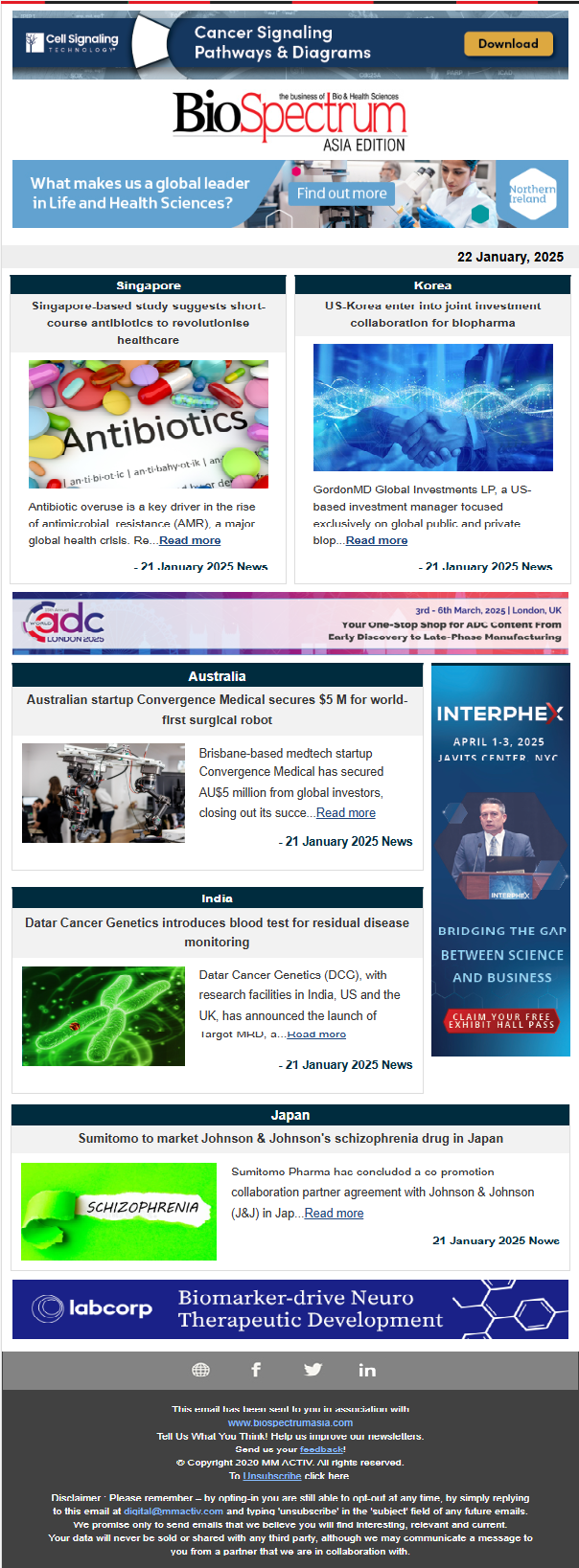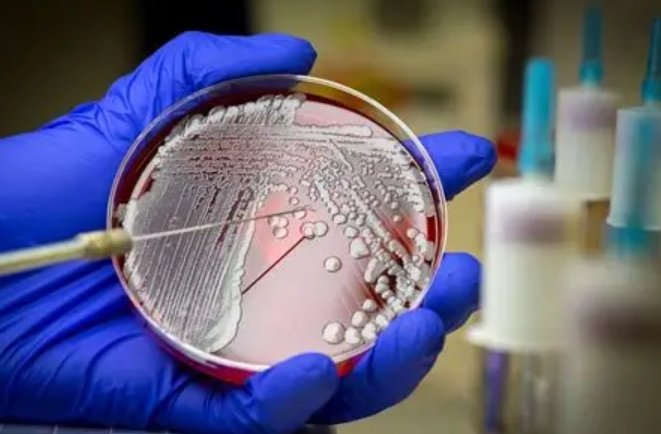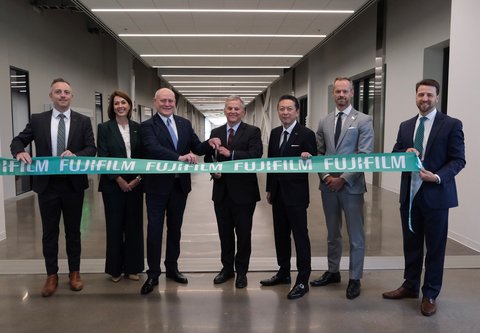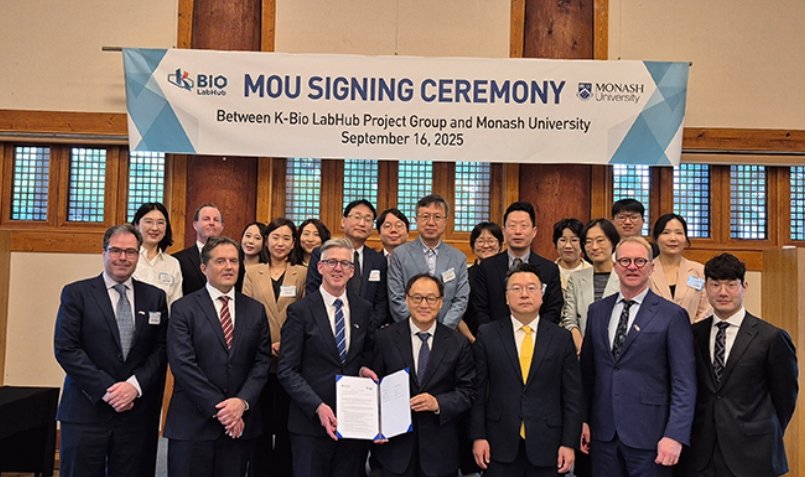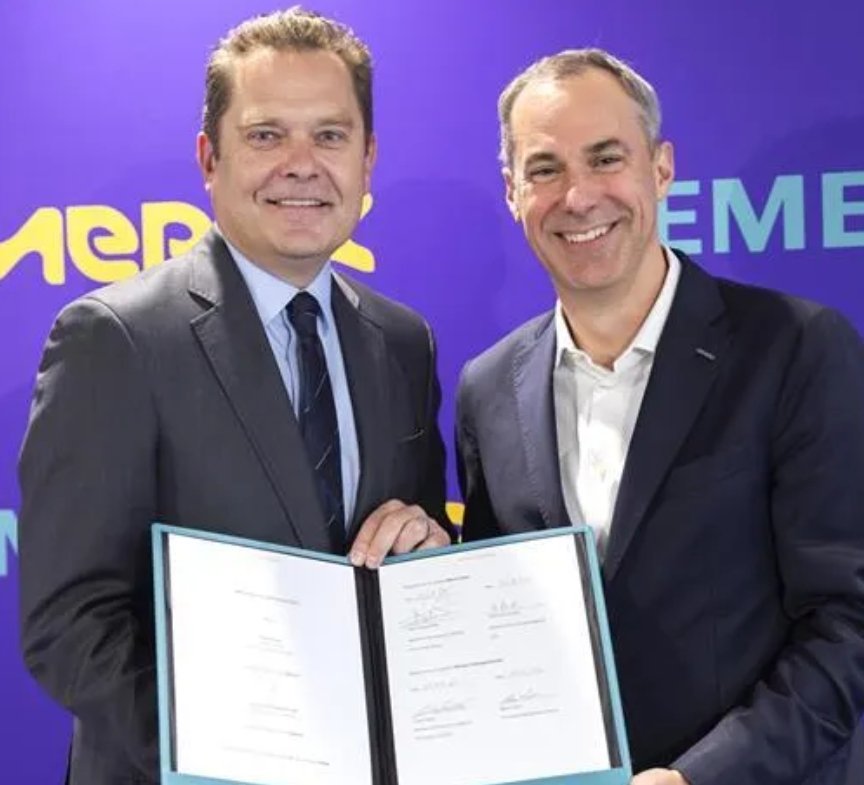
Stephanie Ledwidge, Life Sciences Associate at Linesight
The Asia-Pacific (APAC) region is emerging as a global hub for biopharmaceutical innovation, driven by strategic investments, supportive policies, and a growing focus on sustainability. With 16% of R&D companies headquartered in the region, APAC is solidifying its position as a leader in cutting-edge bioscience and healthcare clusters. APAC’s infrastructure improvements and policy support are making the region increasingly attractive to pharmaceutical companies seeking to diversify their supply chains amid geopolitical tensions.
The construction industry in APAC demonstrates resilience through advancements in power reliability and clean energy access. As energy-intensive industries like pharmaceuticals expand, the need for reliable infrastructure, sustainable energy sources, and environmentally friendly practices becomes increasingly vital. While APAC's energy supply has grown significantly, grid reliability remains a challenge in emerging markets. Advanced economies like Singapore, Japan, and South Korea set a benchmark with minimal downtime, demonstrating the region's priorities in strengthening the bioscience ecosystem. This growth is underpinned by a commitment to renewable energy and green biomanufacturing, which are key to reducing greenhouse gas (GHG) emissions and meeting Environmental, Social, and Governance (ESG) targets.
As APAC continues to navigate global uncertainties, its focus on infrastructure, renewable energy, and sector-specific growth positions it as a resilient and forward-looking region, ready to support the evolving needs of the biopharmaceutical industry. Southeast Asia's life sciences industry is predominantly driven by Singapore, which acts as a regional hub for innovation and development in Southeast Asia. Construction and supply chain trends are evolving, with modular construction and Design for Manufacture and Assembly (DfMA) gaining prominence, supported by a construction transformation roadmap aimed at enhancing productivity. Collaborative initiatives enable life sciences companies to improve cost predictability and project timeline certainty. Early engagement in sustainability and risk management is crucial for ensuring the success of life sciences projects in Asia's competitive and dynamic environment.
In a recent interaction with Biospectrum Asia, Stephanie Ledwidge, Life Sciences Associate at Linesight, spotlighted key factors influencing project and facility demand in Singapore and Southeast Asia. Amid macroeconomic uncertainties, she also examines the impact of tariffs and geopolitical instability on supply chains for the pharmaceutical and life sciences industries. Perhaps, the life sciences sector is experiencing significant shifts in construction and supply chain trends, driven by evolving global dynamics.
Sustainability remains a priority for the life sciences industry, with renewable energy playing a key role in reducing GHG emissions and meeting Environmental, Social and Governance (ESG) targets. As a result, we are seeing green biomanufacturing practices shaping the future of environmentally conscious healthcare. ESG factors are also becoming central to investment strategies. As regulatory pressures and sustainability demand grow, life sciences companies are aligning with ESG principles in their projects and operations to mitigate risks and secure long-term growth, gaining a competitive edge in an increasingly complex market.
The life sciences sector in Singapore is shaped by some key considerations. Skilled labour shortages are a growing concern across the construction and life sciences industries, with the life sciences sector in APAC facing a talent scarcity of over 70%. In Singapore, these challenges are compounded by tightening labour policy changes and highlights the critical need to enhance productivity in delivering life sciences projects. The adoption of offsite fabrication and Design for Manufacture and Assembly (DfMA) has been a key driver in overcoming such challenges and accelerating in life sciences projects with Singapore spearheading initiatives under its construction Industry Transformation Map (ITM) to improve efficiency in the industry.
In response to supply chain vulnerabilities, biopharmaceutical companies are investing in reshoring and nearshoring efforts. The APAC region could benefit from development opportunities with its improving infrastructure, and supportive government policies, as an appealing destination for companies who are looking to diversify their supply chains. To navigate macroeconomic risks, robust scenario planning combined with partnering with experts in local regulations, cost management, and procurement strategies can provide a significant advantage
The Linesight Benchmarking Initiative is a global, collaborative, data-sharing program designed to help life sciences companies improve how they plan, deliver, and evaluate capital projects. Through the voluntary contribution of real project data-such as cost, schedule, and scope-participating companies gain access to a secure platform with powerful benchmarking tools that show how their projects compare to industry peers.
Currently, around 23 global life sciences companies are contributing completed project data. This enables greater visibility into construction costs, improves cost predictability and schedule certainty, and supports better decision-making. The platform allows users to set target cost ranges, challenge estimates, and guide projects toward success by learning from the performance of similar-scale projects.
Benchmarking is about building a robust dataset. We have 235 global life science projects within our benchmarking initiative, and the objective is to make this global data meaningful for distinctive regional markets, keeping in mind that each market is unique, so one approach does not work for all markets. Global multinationals and their projects span a wide range, from brownfield to greenfield, covering a diverse spectrum of facilities, such as API, biologics, and labs, cell and gene therapy.
Overall, the program is a shared-value system that empowers life sciences companies to make informed decisions, strengthen project outcomes, enhance long-term performance and support informed capital investment decisions for the future.
At present, Singapore places a strong emphasis on sustainability and environmental considerations, which entails unique requirements for pharmaceutical companies. Linesight help achieve sustainability priorities in Singapore through cost management, schedule management, program and project management, and risk management by harnessing our deep global expertise and knowledge across the US, Europe, and APAC. Linesight believes that early engagement on addressing sustainability needs of the facilities is the key to setting life sciences projects up for success. This involves understanding the market, identifying available resources, and addressing lead times, particularly for machinery and hardware components that are often imported into Singapore. Managing the supply chain end-to-end is crucial. Additionally, it’s important to clarify project priorities-whether they are schedule-driven or cost-driven-as this helps guide decision-making and ensures alignment from the outset.
Sustainability and energy efficiency are major trends shaping the market today. Many life science companies have ambitious sustainability goals, which are influencing the materials and methods they choose for their projects. They’re not just focused on the present but are also planning for long-term operational efficiency.
Modular construction is another significant trend, with companies exploring modular builds-whether for the entire facility or specific parts-as an alternative to traditional construction. The Singapore government is also promoting modular and off-site fabrication as part of its construction transformation roadmap, aiming to enhance productivity, reduce manpower reliance, and improve safety by shifting more of the construction from site to the factory.
Singapore has many strengths that make it a global hub for biopharma innovation. Its strategic location in the heart of APAC positions it as an ideal launchpad into other markets, which is why many companies choose to establish regional headquarters here. The support from the EDB and JTC is tangible and well-coordinated, bolstering the life sciences sector. Singapore also boasts a robust ecosystem, with infrastructure like One-North Biopolis and the Tuas Biomedical Park, which support both manufacturing and R&D. For companies entering Singapore, the plug-and-play infrastructure fosters resilience and collaboration, which are critical for the sector. Additionally, the regulatory system is both robust and fast-moving, with HSA aligned globally to EMA and FDA standards, ensuring speed to market - a key factor for success in this industry. Collaboration is also a critical success factor, so that project goals are aligned and compliant with local regulations and roadmaps to expand the already thriving life sciences ecosystem in Singapore.
We are seeing a considerable rise in life sciences projects in the region, supported by cutting-edge R&D, strategic investments, and evolving healthcare demands.
In Singapore, the key drivers are political stability, tax incentives, and a highly skilled technical workforce that together create a predictable environment for life sciences projects, operations research and development. Singapore also positions itself as a regional hub, with strong access to financing and resilient supply chains, further supporting large-scale investments. Purpose-built clusters such as Biopolis and Tuas Biomedical Park add to this by providing integrated ecosystems that accelerate setup and foster collaboration.
Across Southeast Asia, the drivers vary. For example, Malaysia competes through lower land and utility costs, making it attractive for cost-sensitive investments. Overall, the region is seeing growing investment, with Singapore anchoring high-value, innovation-led projects while neighboring markets capture complementary opportunities.
